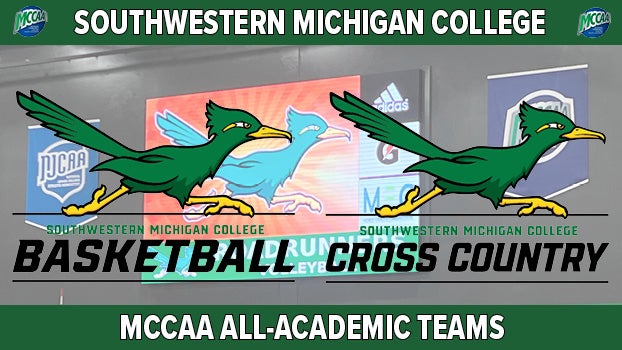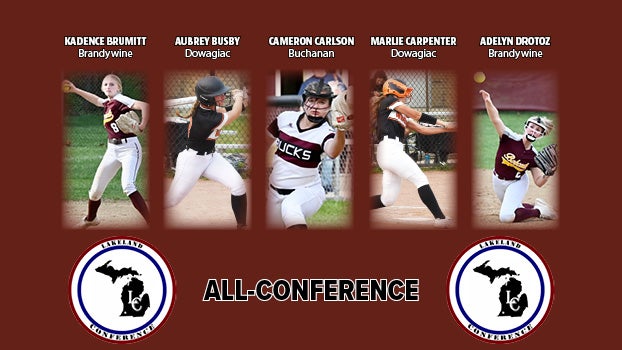Historic Mill Pond, Heddon company continue to cast lures of nostalgia over Dowagiac
Published 8:00 am Saturday, April 24, 2021
|
Getting your Trinity Audio player ready...
|
DOWAGIAC — Known by many as the place where James Heddon conceived his idea for his world-famous fishing lures in the late 19th Century, Mill Pond has served as a prominent site for fishing and recreation for many years.
Legend has it that back in the late 1890s, James Heddon was sitting near Mill Pond in Dowagiac, waiting for a friend and witling on a piece of wood. The story goes that when Heddon threw the piece of wood into the pond, a bass grabbed it, thus inventing his artificial fishing lure. That was the inspiration for Heddon to start a company making fishing lures, and the rest was history.
As poetic as the tale has been for generations of Heddon workers and fans alike, it likely is not true, according to Heddon Museum curator Don Lyons.
“I kept looking for this founding story during my research,” Lyons said. “‘When will I find this founding story that talks about Jim throwing the wood into the Mill Pond? I didn’t find it until 1948. By 1948, all the original participants had passed away. All that was left was this body of knowledge that had been preserved in family letters.
“I am absolutely convinced that that founding story was made up of composition done by the new guys on the block that needed a good, romantic story to tell the press to help promote the product.”
So maybe the classic Heddon story was a fib after all. It does not change the fact that Heddon went on to found The Heddon Company, which quickly became world famous for its lures.
Much of Heddon’s experimenting took place at Mill Pond. The pond owes its existence to William Renesten, who dammed the Dowagiac River/Creek in 1830 to harness the river power for a grist mill he built at the site that is now across M-62 from the Mill Pond, according to Dowagiac Area History Museum director Steve Arseneau.
“The mill was definitely an important feature and likely led land speculators Jacob Beeson, Nicholas Chesbro and Mitchel Robinson to recognize the river’s importance when they were buying land for the railroad right of way in the mid-1840s,” Arseneau said. “Those three bought land from settlers Patrick Hamilton and Justus Gage and platted Dowagiac.”
Renesten had sold the mill by then, but according to Arseneau, the mill known as the Colby Mill was in operation until 1948, when it was torn down to straighten the highway leading into town.
For several decades, Heddon was the largest manufacturer of fishing tackle in the world, with “golden eras” in the 1920s and ‘50s, respectively, before it shut-down in 1985. In addition to lures, the company also produced fishing rods, violin bows, antennas during World War II and more.
“Peak employment for the company peaked at about 275 in the 1950s,” Lyons said. “It was considered to be a good company to work for. They didn’t pay a lot of money, but they treated you well, and people appreciated that. There were a lot of people with fond memories of their time there.”
Don and Joan Lyons own and curate the Heddon Museum in the former Heddon factory on West Street in Dowagiac. The museum features exhibits showcasing the products of the company, including at least one sample of every lure manufactured in Dowagiac.
“There is a very active, passionate collector community that collects antique fishing tackle,” Lyons said. “They consider Heddon to be the most collectible of all the different fishing companies. It’s surprising. It’s interesting and deserves to be done comprehensively. We started that journey 25 years ago. Our mission statement was to save the history for Dowagiac. Things that, taken as a whole, would tell the story of arguably the second-most important company to the history of Dowagiac, with Round Oak of course being the first.”
The dam that created the pond is privately owned by the people who live along the shores of the pond and wish to see it thrive. The pond remains a hot spot for local fishermen hoping to catch “the big one” in a body of water that helped shape Dowagiac history.






